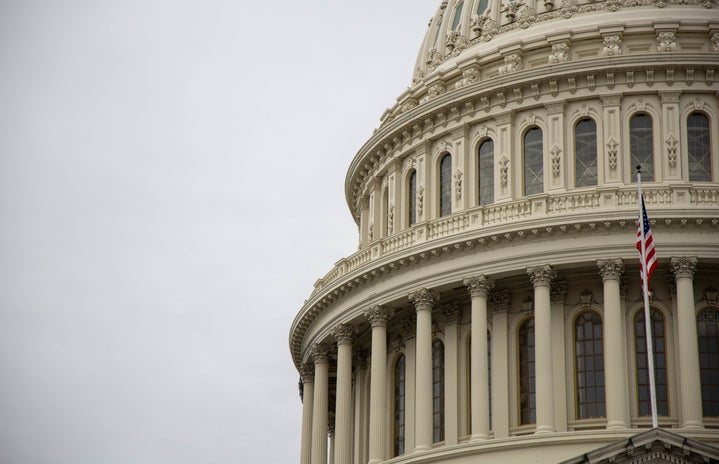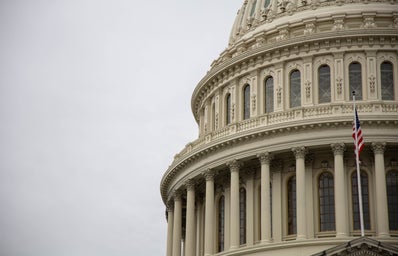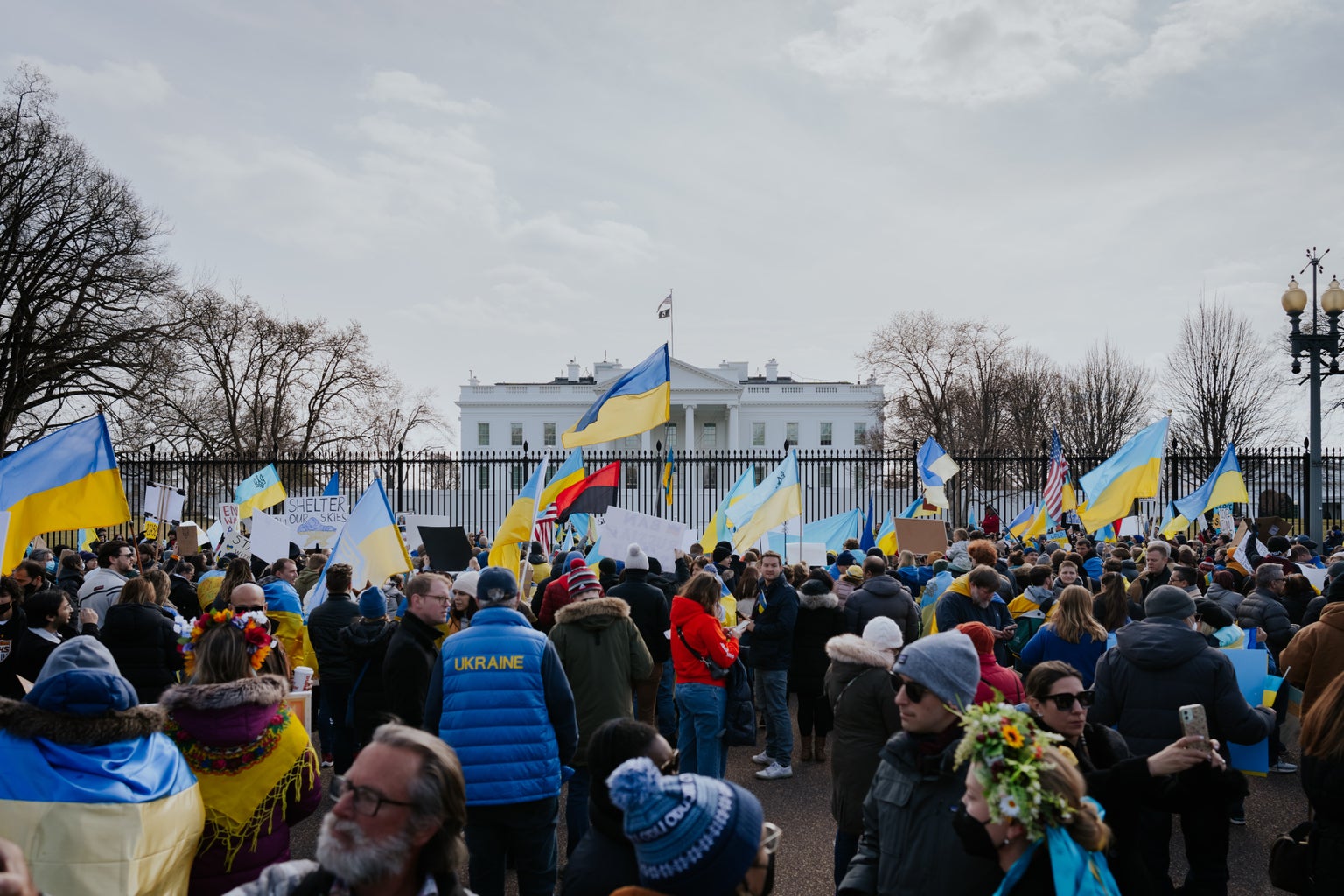The participation of the United States in the war between Russia and Ukraine is emblazoned on the covers of all the newspapers, to the point of it looking like the country is the protagonist of the conflict. And, as a matter of fact, it may be.
Many experts have pointed to a shift in the strategy and position of the American government in relation to the war. Where does this change come from? And what is the history of the U.S with this conflict?
Change of plans?
On April 24th, Antony Blinken, US State Secretary, and Lloyd Austin, Defense Secretary, went to Kyiv by train to meet President Zelensky. The first high-ranking officials to visit Ukraine reiterated U.S support and promised the return of American diplomats to the country.
After the visit, in a press conference, Austin said: “We want to see Russia weakened to the degree that it can’t do the kind of things that it has done in invading Ukraine“‘. A statement that was seen as stronger than the ones previously delivered, in which the U.S put themselves as mere supporters of the Ukrainian people. This was a direct provocation to Putin. More recently, on Thursday, the 19th of May, the U.S. Senate approved a $40 billion military and humanitarian aid plan for Ukraine.
These events and others, such as the Pentagon’s April 13th call for the eight largest U.S. arms companies to prepare to carry out major arms transfers to Ukraine, experts say, point to a possible shift in the United States’ stance. That being to a more aggressive one.
Many people attribute this change to the stagnation of diplomatic talks, to the acknowledgment that Putin has no intention of stopping soon, as he tries to conquer the eastern provinces of Ukraine, and also to the understanding that the Russian troops have greatly underperformed.
However, Pedro Feliú Ribeiro, professor of International Relations at the University of São Paulo (USP), interviewed by Her Campus Cásper Líbero, does not actually see such a drastic change in the American position as since the conflict’s very beginning, the United States made it very clear that direct military confrontation is not an option.
“It was very clear throughout the crisis, including the seizure of Crimea in 2014, that the fundamental American position is not to engage in any direct armed confrontation. Recently, there was a scoop from the New York Times that revealed that the destruction of a large Russian warship and an attack that killed several Russian generals were done with the great assistance of the U.S. Intelligence and Secret Service. The publication of this report has greatly dismayed Biden because he does not want, at least publicly, any sign that may lead to the interpretation that the U.S has been directly participating in the war”, he says.
History
John Mearsheimer, a political scientist and professor at the University of Chicago, states in a recent article for The Economist that “The West, and especially America, is principally responsible for the crisis which began in February 2014.”
He argues that this conflict began in 2008 at the NATO Conference in Bucharest when George W. Bush’s administration urged the Alliance to announce that Georgia and Ukraine would become NATO members in the future. These would be two more ex-Soviet nations and Russia’s neighbors to be incorporated by the Organization. Since 1997, NATO has added to its catalog 14 countries that were once part of the Soviet Union’s influence area, such as Estonia, and Latvia. Lithuania, Romania, and Poland. This expansion by NATO was used by Putin as a justification for the invasion of Ukraine.
Ribeiro goes back even further in time to explain the origins of the conflict: “To understand the current war, we have to go back to the end of the 20th century. In 1998, the Senate approved NATO’s first expansion. In this episode, the then U.S. Secretary of Defense was opposed to the expansion, as were most of the specialists. No one understood the reason behind this expansion at a time when Russia was so fragilized and willing to cooperate with the U.S, after the fall of the URSS.”
In 2000, Strobe Talbott, U.S Deputy Secretary of State at the time, justified the expansion by stating that “Freezing NATO in its Cold War membership would mean perpetuating the Iron Curtain as a permanent fixture on the geopolitical landscape and locking newly liberated and democratic states out of the security that the Alliance affords. So instead, we chose to bring in new members while trying to make a real post-Cold War mission for NATO in partnership with Russia.”
However, the Russians (and a bunch of political scientists) never bought that idea. For them, NATO’s expansion has always posed a threat to their sovereignty, as well as a betrayal of NATO’s no east expansion agreements made during Germany’s reunification.
When asked what may have, in fact, motivated the expansion, Ribeiro addresses another possibility: “One of the first hypotheses that arise on the topic of NATO expansion is the interest of the Senate in capturing the lobby of the Military Industry, which, since World War I, corresponds to one of the most profitable and influential businesses in the whole country. NATO is a large repository of weapons. In this sense, domestic interest prevails.”
The arms industry is effectively one of the largest in the United States. According to data from the 2021 report by the Stockholm International Peace Research Institute (SIPRI), 41 of the world’s 100 largest gun manufacturers are from the U.S. and had revenues of $285 billion in 2020, even amid the pandemic. Furthermore, the study revealed that imports and exports remain close to the highest level they achieved after the end of the Cold War.
It is difficult to say what the United States’ intentions indeed were in expanding NATO. At the same time, it is impossible to disconnect this event from the current conflict.
—————
The article above was written by Adriana Peraita and edited by Carolina Azevedo.
Like this type of content? Check Her Campus Cásper Líbero for more!



